
Search history
Clear allSearch by image
XDrag and drop an image here or upload an image
Max 5MB per image
UploadSign In | Join

Search history
Clear allSearch by image
XDrag and drop an image here or upload an image
Max 5MB per image
UploadSign In | Join
X Email Mobile
| kx 416 flashlight | CN¥ 0.0 | 8555 set available |
|
A new item has been added to your Shopping Cart. You now have items in your Shopping Cart.
Product Name: Simulation Flashlight
Product Number: DX133
Package: Packaging Bag
Product size: 12*3.9*2.5 (CM)
Packing Quantity: 500 PCS
Box Size: 60*50*55
A flashlight is a tool designed to concentrate the light emitted by a small bulb into a beam. The challenge is to find a power source. Batteries can be dry cells, rechargeable batteries, or chemical batteries, among others. By connecting several such batteries in series, the voltage they can provide will be higher, as the voltage of a series battery array equals the sum of the voltages of its individual cells. To focus the light more efficiently, a smooth concave mirror is needed. This can be made from a thin aluminum alloy sheet with a coated surface, as a smooth surface will produce a mirror-like reflection of the light. The bulb should be placed at the focal point of the concave mirror, and the light that is directed towards the focal point from the mirror will emerge parallel, forming a beam of light. In summary, the homemade flashlight utilizes the following scientific principles: chemical energy can be converted into electrical energy, the voltage of a series battery array equals the sum of the voltages of its individual cells, the thermal effect of current (light emission from the bulb), mirror reflection, and the concave mirror's ability to focus light.

Modern civilization indeed owes a debt of gratitude to Thomas Edison, the American inventor, who created a commercially viable incandescent light bulb, bringing light to humanity. However, Conrad Hubert also deserves the same respect. One hundred years ago, he immigrated to the United States from Russia and invented the flashlight. Hubert returned home from work, and a friend proudly showed him a flashy flower pot. It turned out that he had put a battery and a small bulb in the flower pot. When the switch was turned on, the bulb lit up the flowers, making them look dazzling.
Hubert became so fascinated with this that it gave him an idea. Sometimes, when he walked in the dark at night, it was very inconvenient to step high one foot and low the other. Not long ago, he had to carry a heavy oil lamp to the dark basement to find something. He thought, if he could use a flashlight to illuminate himself, wouldn't that be practical and convenient? So, Hubert put the battery and the bulb into a tube, and the result was a portable flashlight.
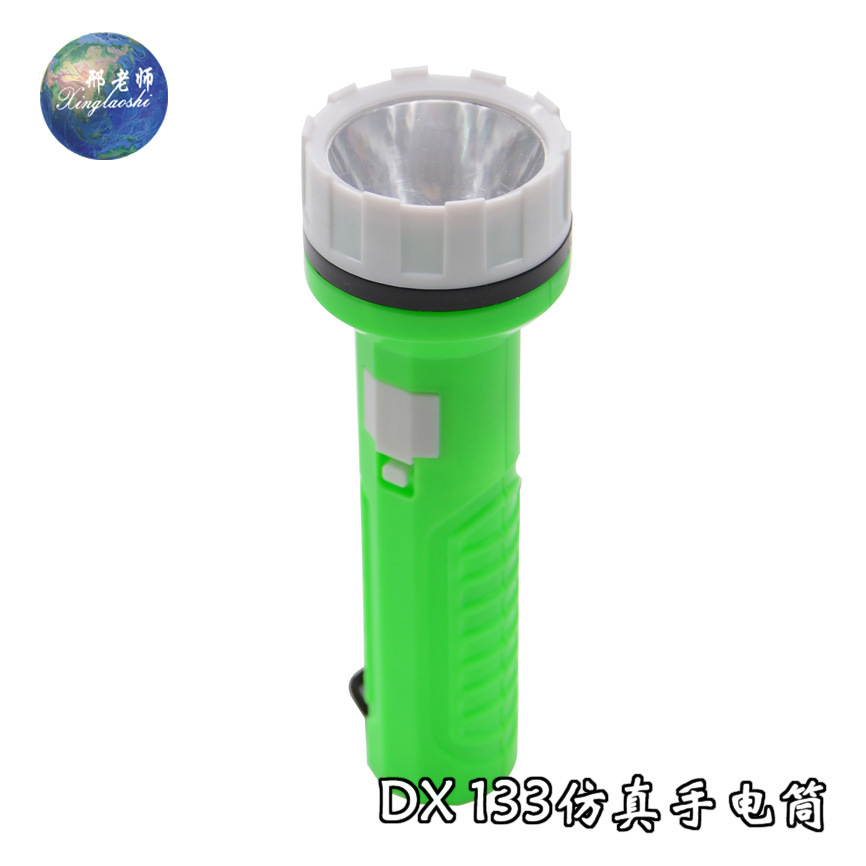
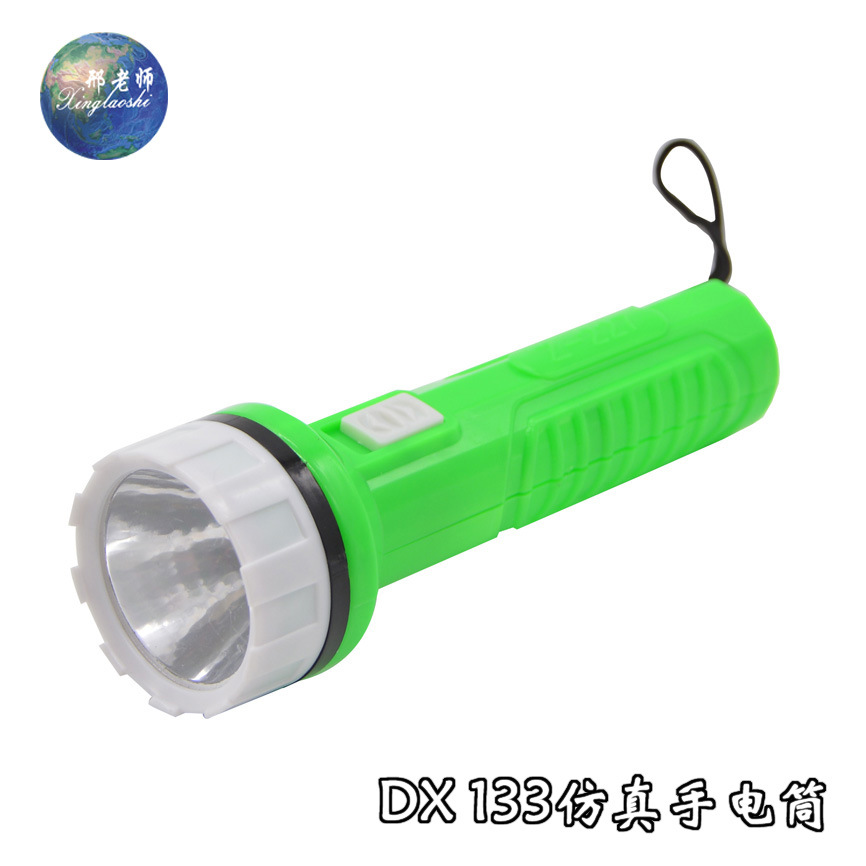
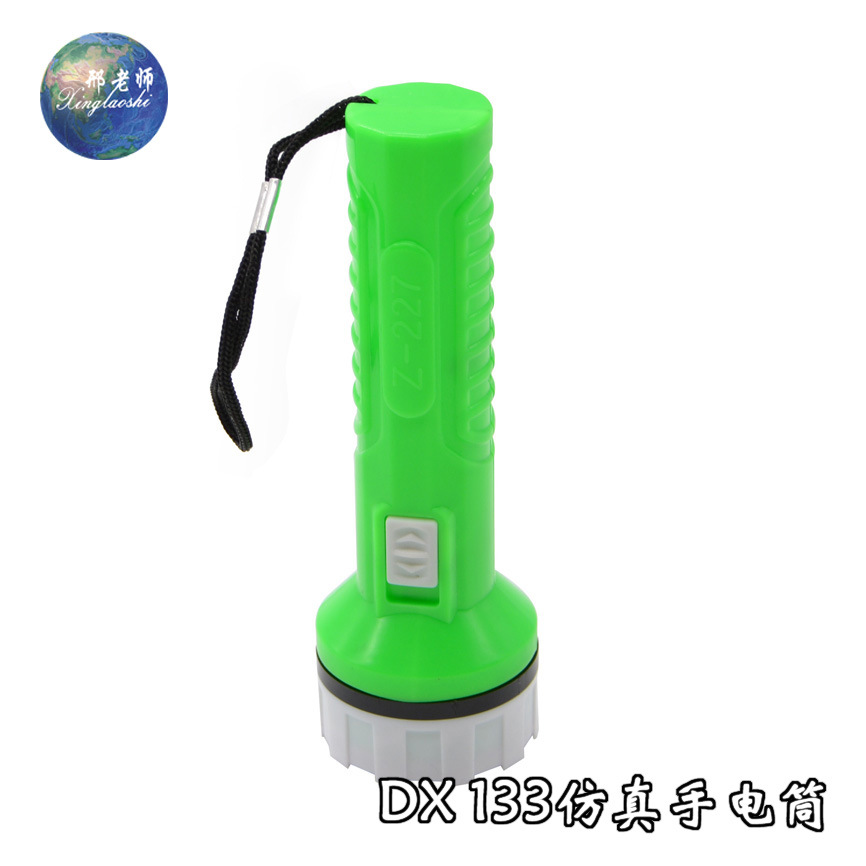
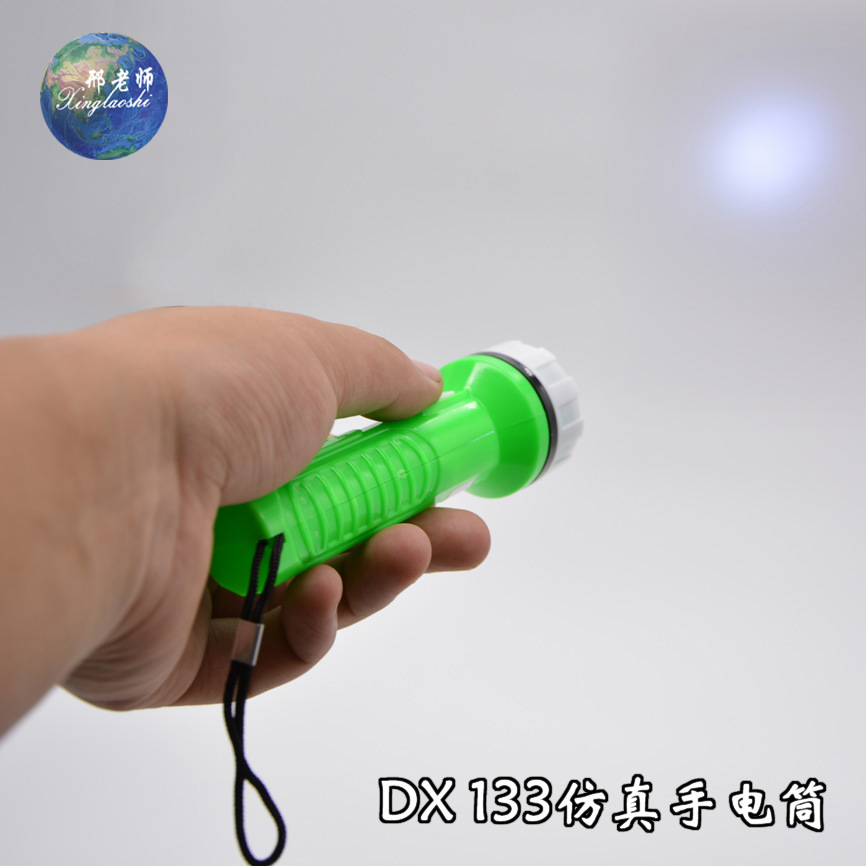
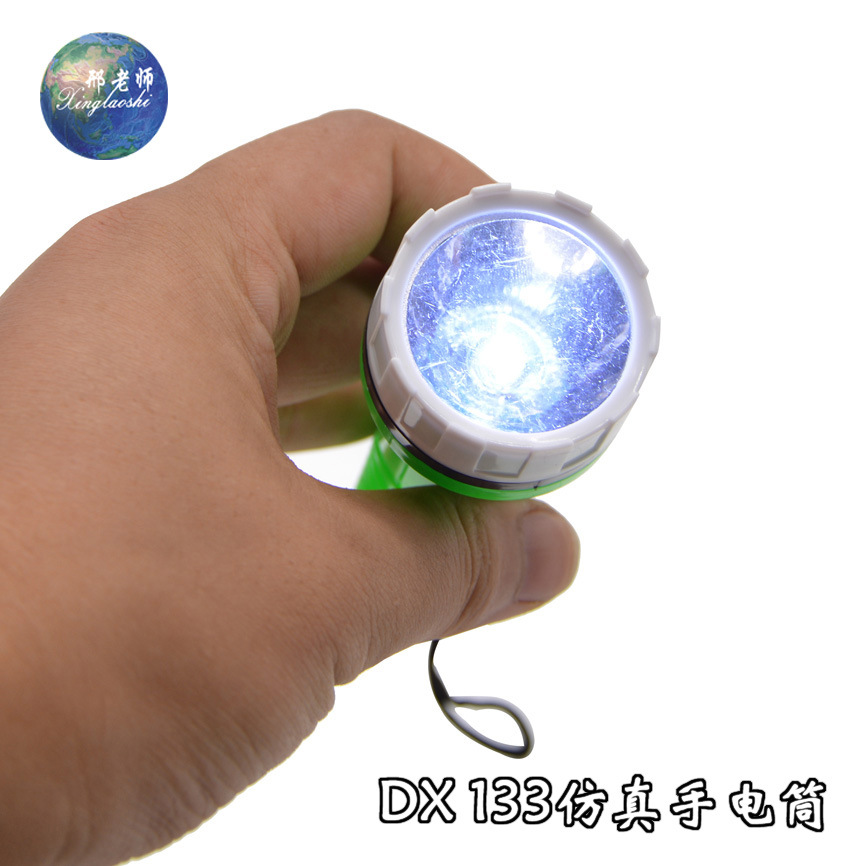

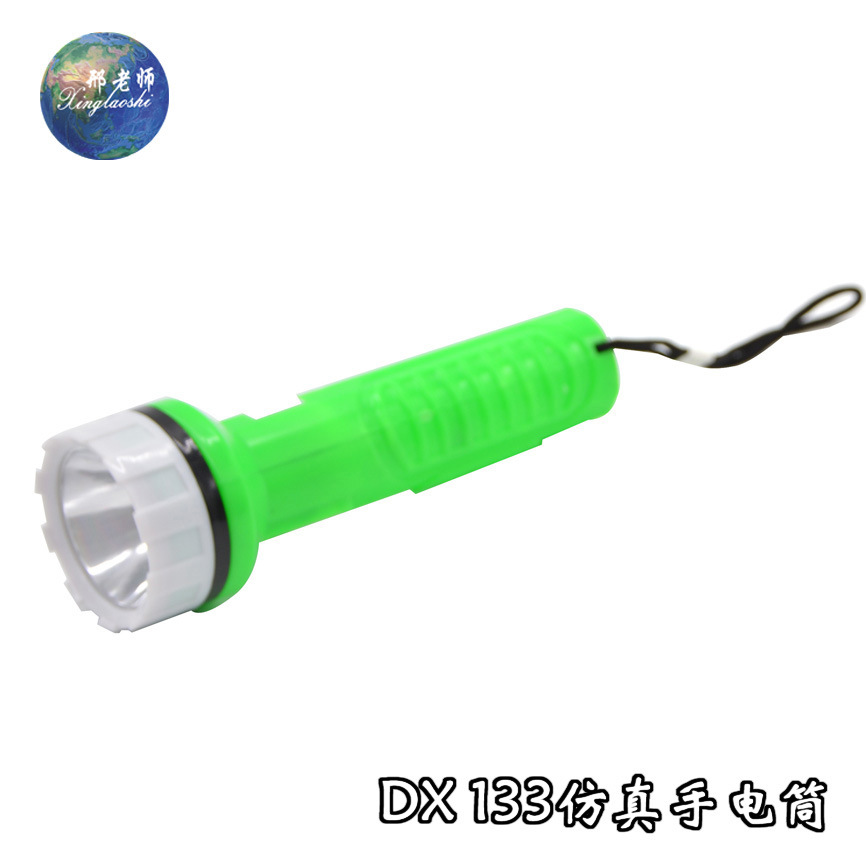
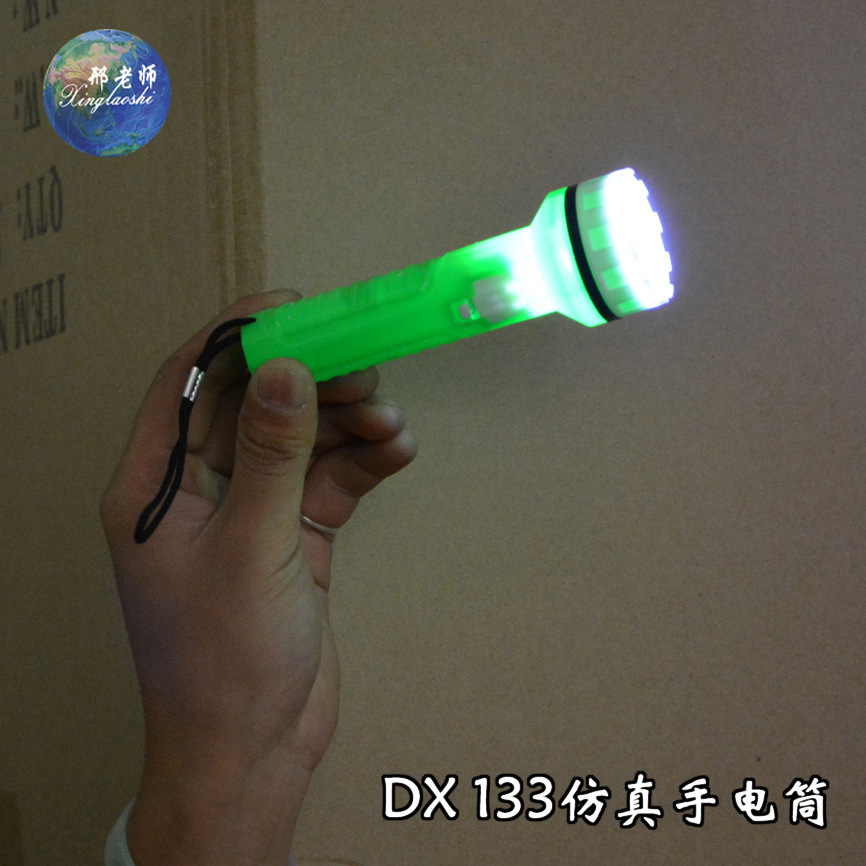
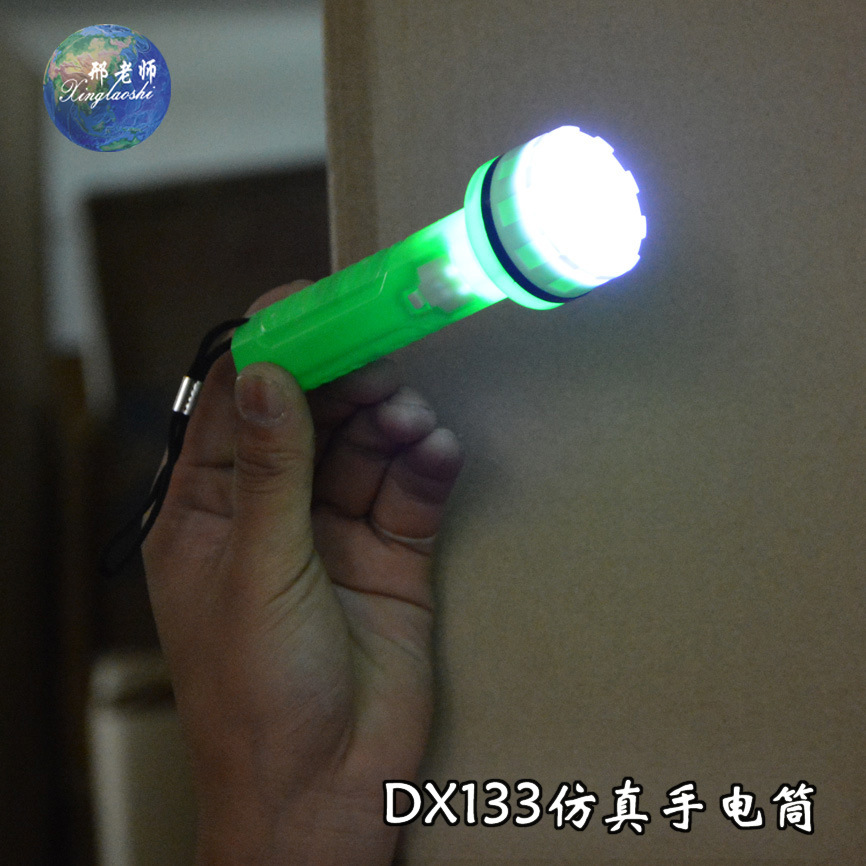

Science and technology models mainly refer to land, sea, and air models. Science and technology model activities integrate science and competition, manual and brain work, and are deeply loved by a wide range of teenagers. Its main role is also to cultivate and improve the comprehensive manual innovation skills and high-quality of teenagers. Therefore, in the new form of deepening reform and vigorously promoting quality education at the turn of the century, actively carrying out science and technology model activities is an effective measure to implement quality education in an all-round way.
Expand Horizons and Enrich Scientific Knowledge
Science and technology model activities are rich in knowledge. For example, in the process of making and sailing model ships, students can understand why ships float, how ships maintain stability, why propellers generate power, and how ships move quickly. If we go deeper, students will encounter radio remote control transmitting and receiving machines, or master the principles of force, density, gravity, pressure, magnetic field, ship construction, engine construction, and radio material selection. Many of these knowledge are not in the "textbook" and are often needed in life. This will inspire students to think about other scientific and technological knowledge that comes from animal inspiration. Can you dare to imagine and make a science and technology model? Some may think of the inspiration from insects such as dragonflies and planes, or from fish shapes such as torpedoes, and can make some simple airplane models.In this way, students will come into contact with a variety of knowledge in science and technology model activities, which supplements a lot of book knowledge and opens up their horizons. It also enriches their extracurricular life and allows them to learn more about scientific knowledge.
Cultivate logical and thinking abilities
The technology model activity requires all participants to have a dialectical, holistic, and rigorous scientific approach in their thinking methods." "Although the sparrow is small, it has all the essential organs." The tiny technology model is a scaled-down version of large, real vehicles, ships, and airplanes; it is an integrated whole, where even a small change can affect the whole.
A model airplane that competes in duration in the air must go through two stages: high-speed climb and low-speed glide. The adjustment for the climb stage mainly involves the adjustment of the pull force line and the angle of attack after the wing is twisted. The position of the center of gravity, the installation angle of the wing and the horizontal tail, and the directional rudder all have an impact on the flight attitude of the airplane during climb, but these changes directly affect the performance of the model during the gliding stage. Therefore, in the design and adjustment, it is necessary to consider these stages comprehensively, as they have different loading conditions and solutions. For example, in the design and production of car, ship, and airplane models, the selection of materials for strength, rigidity, and weight is very serious. It is necessary to choose one of the best schemes from both. Therefore, in the scientific model activity, the thinking method requires adolescents to have a dialectical, holistic, and scientific approach. Otherwise, a small mistake can make the performance of the scientific model worse or even lead to failure.
It can be seen that the initial thinking of people begins with actions. The thinking characteristics of students are mainly in the form of concrete image thinking, and thinking cannot be separated from images and actions. In the process of operation activities, students need to move their eyes, move their hands, and think with their brains, speak with their mouths, so that the external operation process and the internal intellectual activities of dialectical, holistic, scientific, etc. are organically combined, which has effectively promoted their thinking development.
Three Cultivate Good Habits
Science and technology model activities are beneficial for shaping students' good personalities, cultivating their strong willpower and spirit of innovation, as well as their attention to detail and patience, forming a rigorous scientific attitude in doing things.
1. Scientific scheduling of time. Students face homework and various interests, talent cultivation, all need a certain amount of time and energy. Students must scientifically and reasonably arrange their time to achieve order and efficiency, without being overwhelmed.
2, having a beginning and an end. Nowadays, most students are only children, afraid of suffering and lack of perseverance, often give up halfway. If they choose activities that require them to use their hands and brains, let them try their best to complete a science and technology model work, their interest will rise again, because they all love to play with dynamic toys. From this perspective, it will also make them gradually overcome the laziness in the process of making, and persist in completing their own masterpieces. Thus, it also cultivates their habit of having a beginning and an end.
3, Collective Spirit. Students work together to design, create, and compete, helping, comparing, and learning from each other. This fosters a collective spirit among students, making them consider others and learn how to get along with others. In the socialist market economy, this collective spirit is essential for working together with others to create great achievements. The era of isolating themselves to boil pitch like Marie and Pierre Curie is no longer. Now, the society needs the cooperation of talent groups like the Apollo Moon Landing Project to transform the world and create the future.
Four: Stimulate students' interest in exploring the field of science and technology
A scientist or inventor, without a doubt, develops a profound interest in the things they love, and then explores and studies them, eventually achieving significant results in that field. Now, by having students create and assemble technology models, we allow them to understand the formation of power, the generation of buoyancy, and the effects of magnetic fields, laying a solid foundation for their future research and exploration in this area. This also sows the seeds of success.
In conclusion: actively developing science and technology model activities is an effective measure to implement quality education in schools, cultivate students' comprehensive development in morality, intelligence, physical, beauty, and labor, and improve their comprehensive quality. It is also an effective measure to implement the spirit of the opinions on strengthening popular science work issued by the Central Committee of the Communist Party of China and the State Council, as well as the National Fitness Program, and to fully implement the "Science and Education Revitalize the Country" strategy proposed by the Party's 15th National Congress.
Update time:
TOP